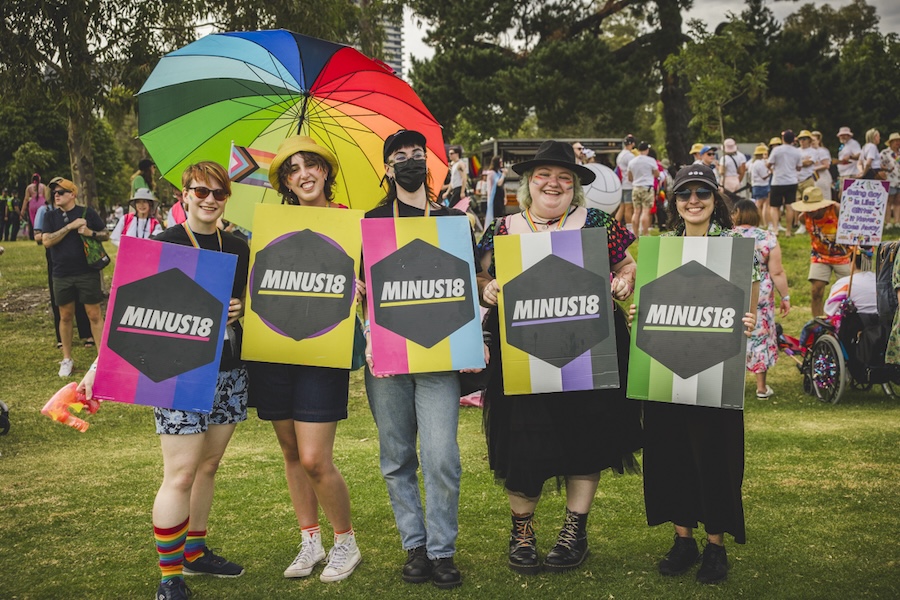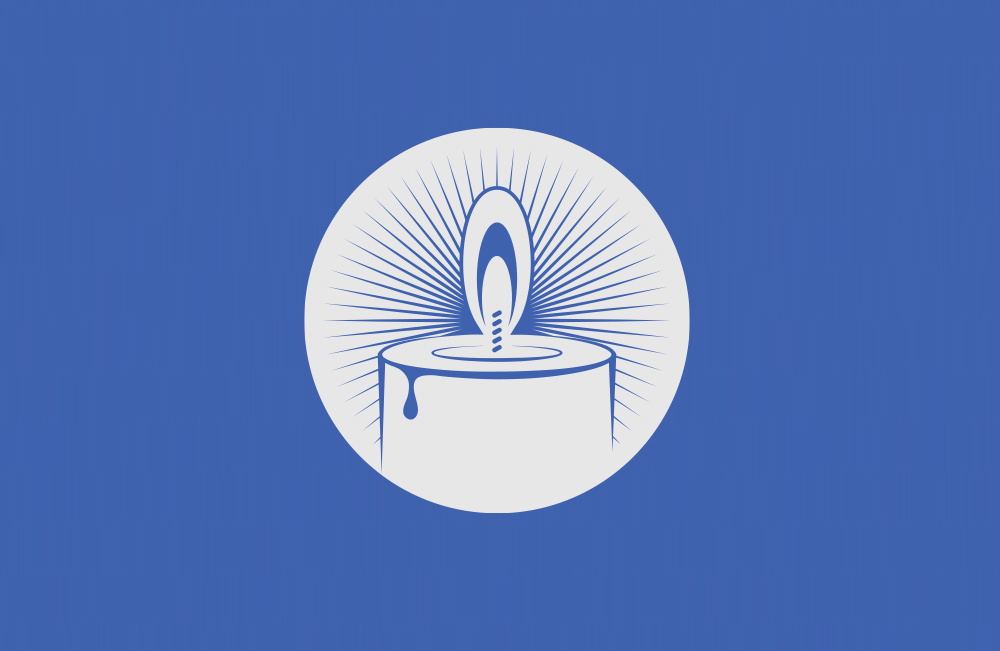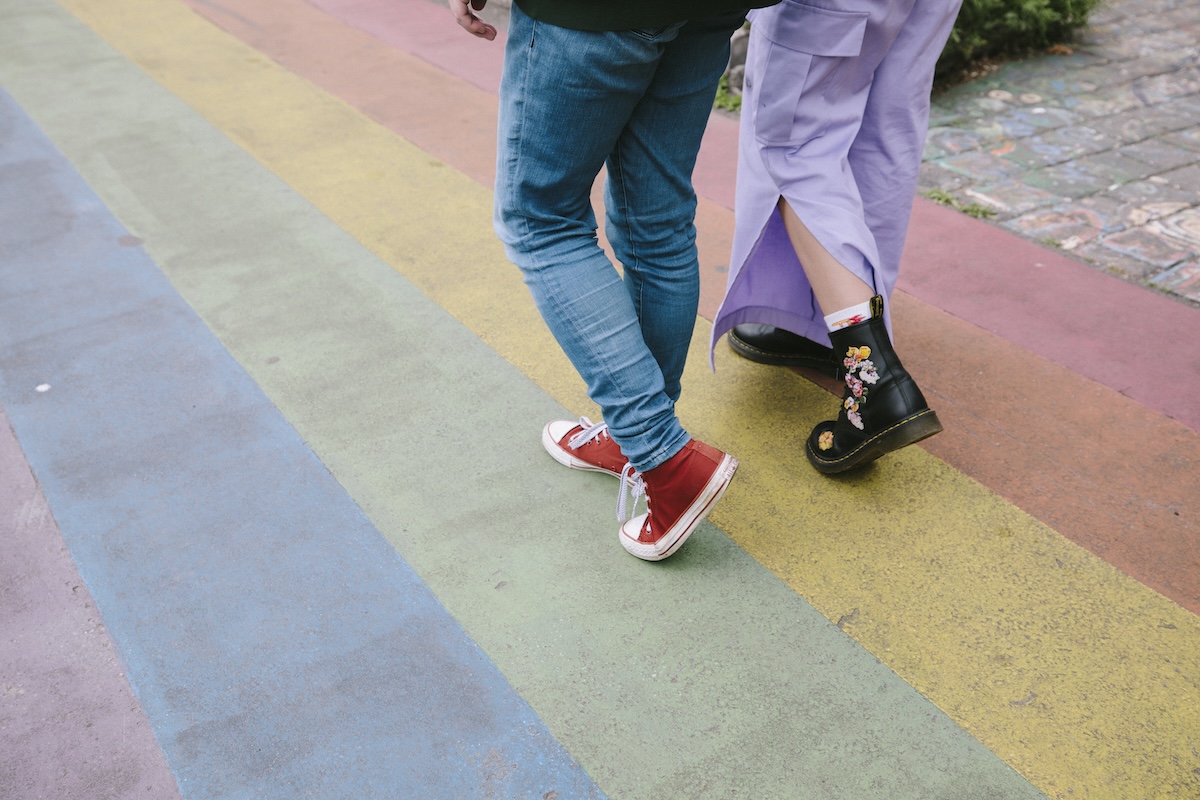
It’s Okay to Still Be Questioning: Why Identity Has No Deadline
It took me a lot longer than I thought it should to figure out I was queer.
Growing up, online spaces were my main entry point into the LGBTQIA+ community. While they were a source of connection, they also made me feel like I needed to have a label that fit me perfectly. By the end of high school, I had cycled through almost every letter in “LGBTQIA.” Friends would ask why I couldn’t just “pick one” and stick with it.
The Stress of Labels
For a long time, I was obsessed with labels. Which one I “should” have. How I should act to fit it. How permanent it should be.
Like many queer people, I felt the heavy pressure to define myself in a way that would be instantly recognisable to others. I was constantly scrutinising my feelings, my relationships, and my behaviour to check if they “matched” the label I had chosen.
If I called myself bisexual, why didn’t I want to date men? If I said I was a lesbian, why did I feel disconnected from femininity? I’d spend hours searching questions like, “Can you do/feel X if you’re [insert label here]?”
Labels can be comforting – a way to find people who understand you, and proof that you’re not alone. But if you start to feel trapped by them, they can become more of a cage than a connection.
Learning to Lean Into Not Knowing
Things began to shift when I became a Minus18 Young Leader. Surrounded by other queer people who didn’t need labels to define them, I realised I didn’t have to treat myself like a checklist.
I didn’t need a ready-made, perfectly fitting label to hand over when asked. I didn’t need to constantly dissect my feelings to make sure they matched a word. I could just… be.
A friend once told me, “Lean into it.” At first, it felt impossible. But the more I sat with it, the more I realised the truth in it. Instead of putting my identity under a microscope, I could learn through experience – through living, trying, and seeing what felt right.
When I started testosterone, I still had doubts about my identity. But living it – seeing how I felt over time – helped me understand myself in a way that thinking never could.
Taking the Pressure Off
It’s easier said than done, but I encourage anyone questioning their identity to take some of the pressure off.
Labels are tools – they should work for you, not against you. If a label helps you feel understood, that’s amazing. If it starts to feel too small, too rigid, or just not right anymore, you can let it go.
And if (or when!) your identity changes, that’s not failure – it’s growth. You’re a dynamic person. Of course your identity might shift as you do.
Navigating Days of Uncertainty
I still have days where I wonder if my identity fits my experience “perfectly.” On those days, I remind myself: labels should fit you – you don’t have to fit them.
You could ask 100 people with the same label how they feel about their identity and get 100 unique answers. There’s no one “right” way to be queer, bisexual, trans, non-binary, or anything else.
If having a label brings you comfort – great. If not having one feels better – also great. You’re valid either way.
When You’re Asked for a Label You’re Not Ready to Share
You don’t owe anyone a label. You’re queer enough, trans enough, you enough, just as you are.
If someone asks you for a label you don’t have – or don’t want to share – it’s perfectly okay to say, “I’m not answering that.” Or, “No thanks.”
You don’t exist to be categorised for other people’s comfort. Sharing your identity is an act of trust, and it should always happen on your terms. The only person who needs to know your label (if you even have one) is you.
There’s no deadline for knowing exactly who you are. Your identity isn’t a race or a finished puzzle – it’s a journey. And however long it takes, and however many versions of you there are along the way, they’re all valid.
Related articles

From December 10, big changes are coming for anyone in Australia under 16. Here's how we'll support you to remain connected with your community.

Trans Day of Remembrance is an important opportunity to honour those who have lost their lives to transphobic violence, and take a stand against transphobia.

Labels can be comforting – a way to find people who understand you, and proof that you’re not alone. But it's also okay if you're still figuring it out.

Uncertainty can be beautiful. Being “in-between” labels, between versions of ourselves, is part of life.